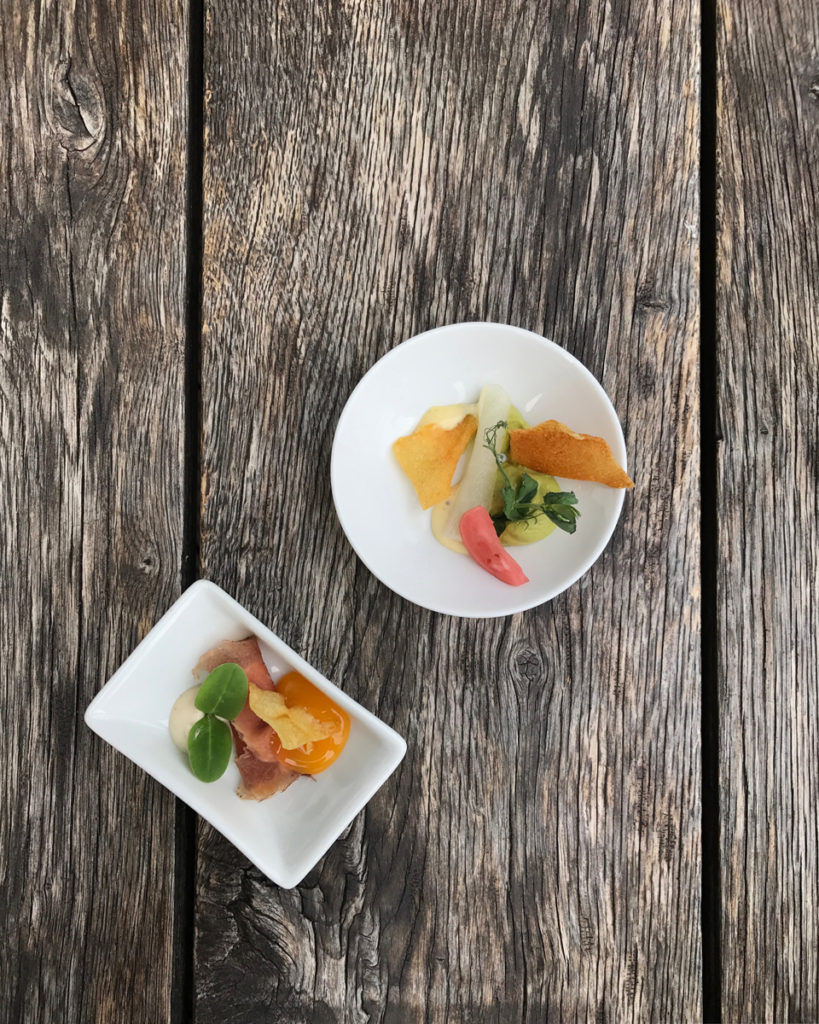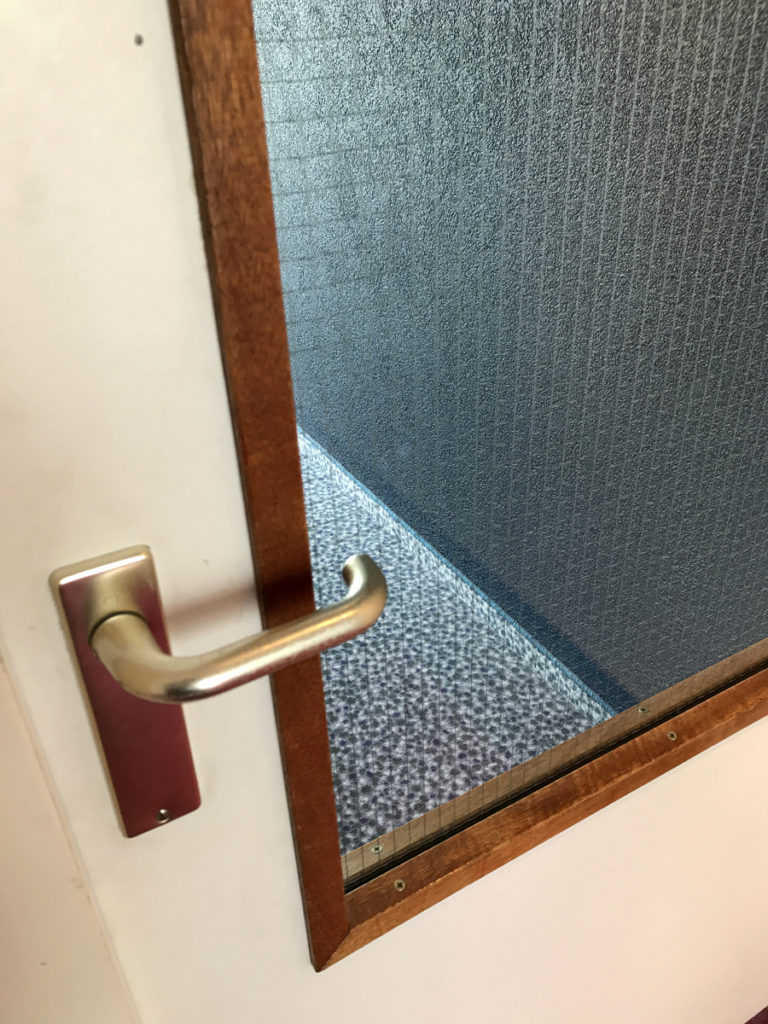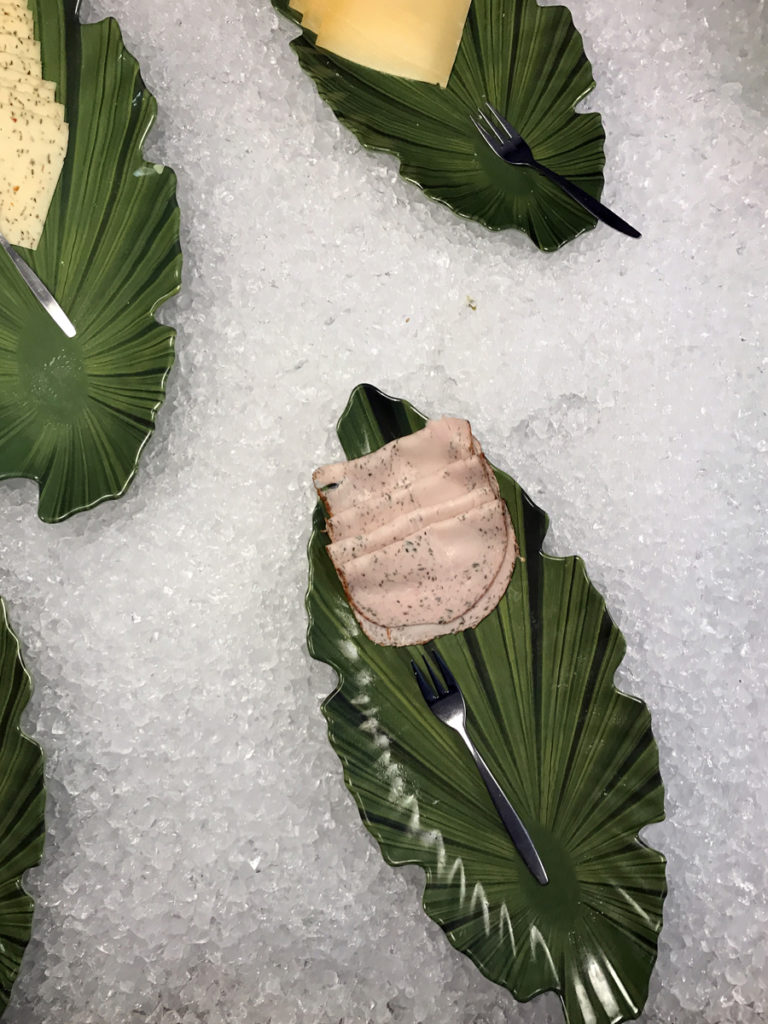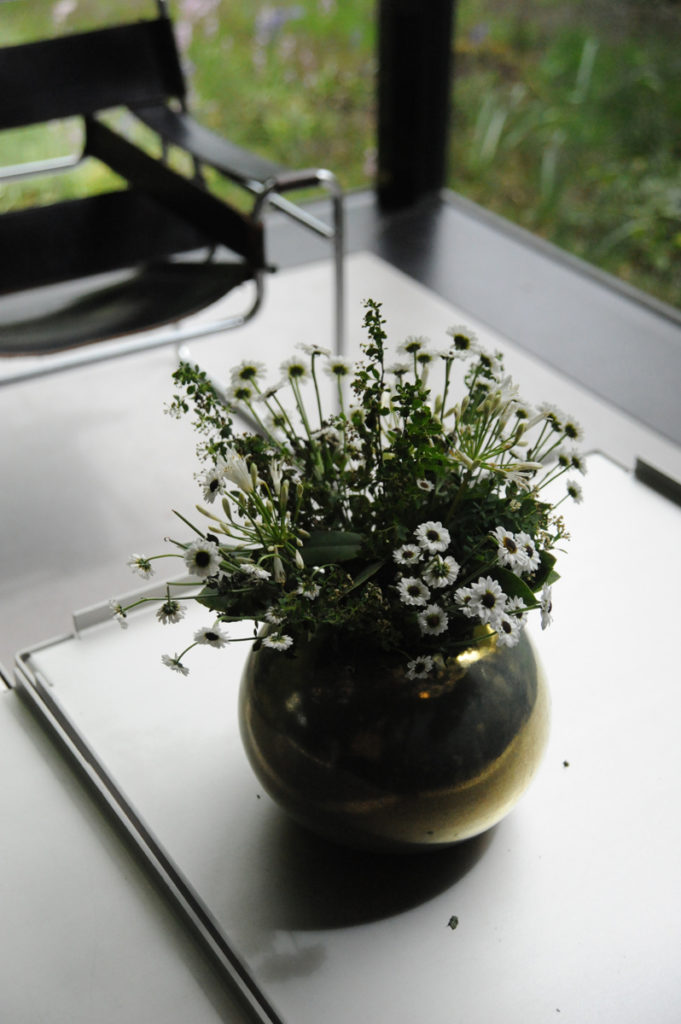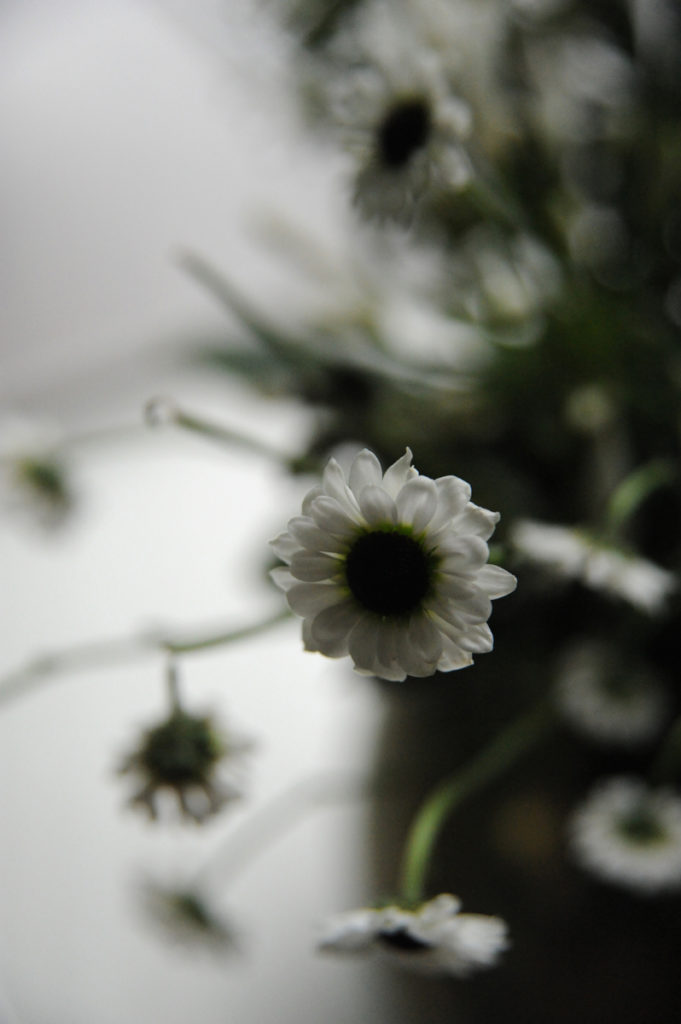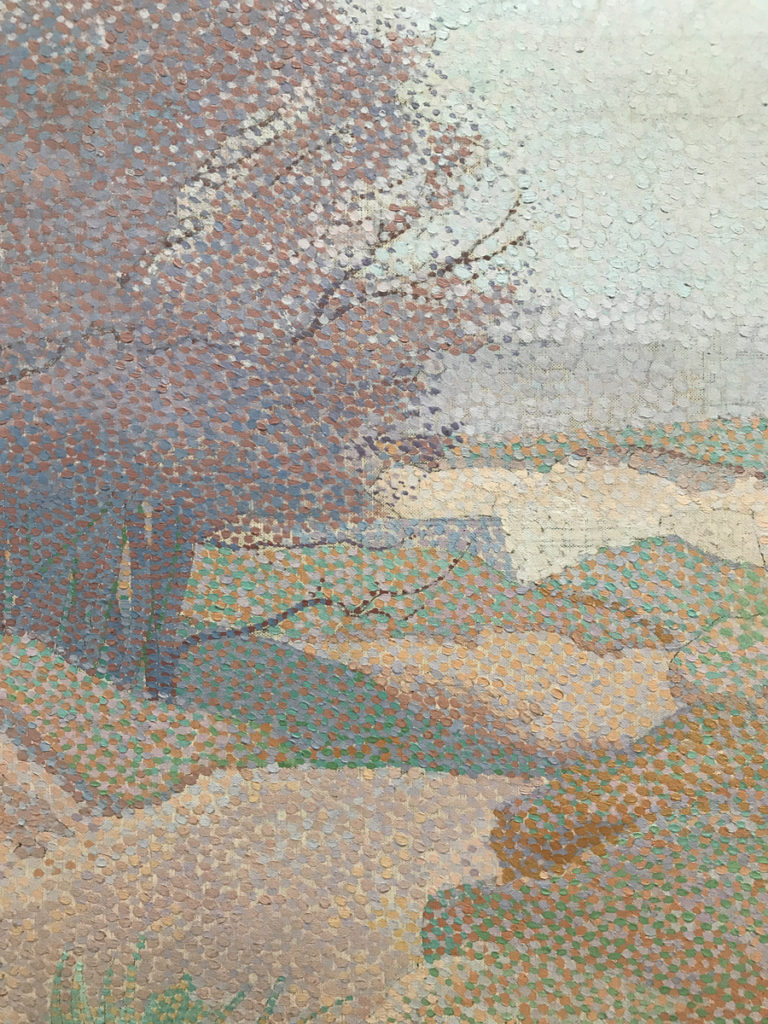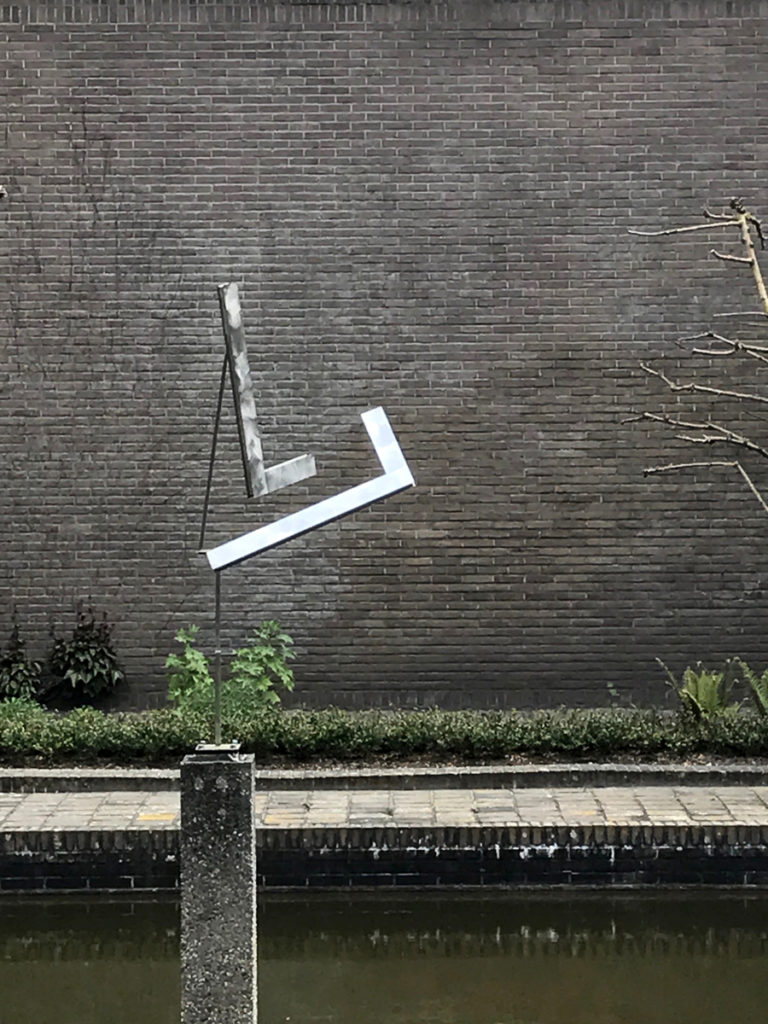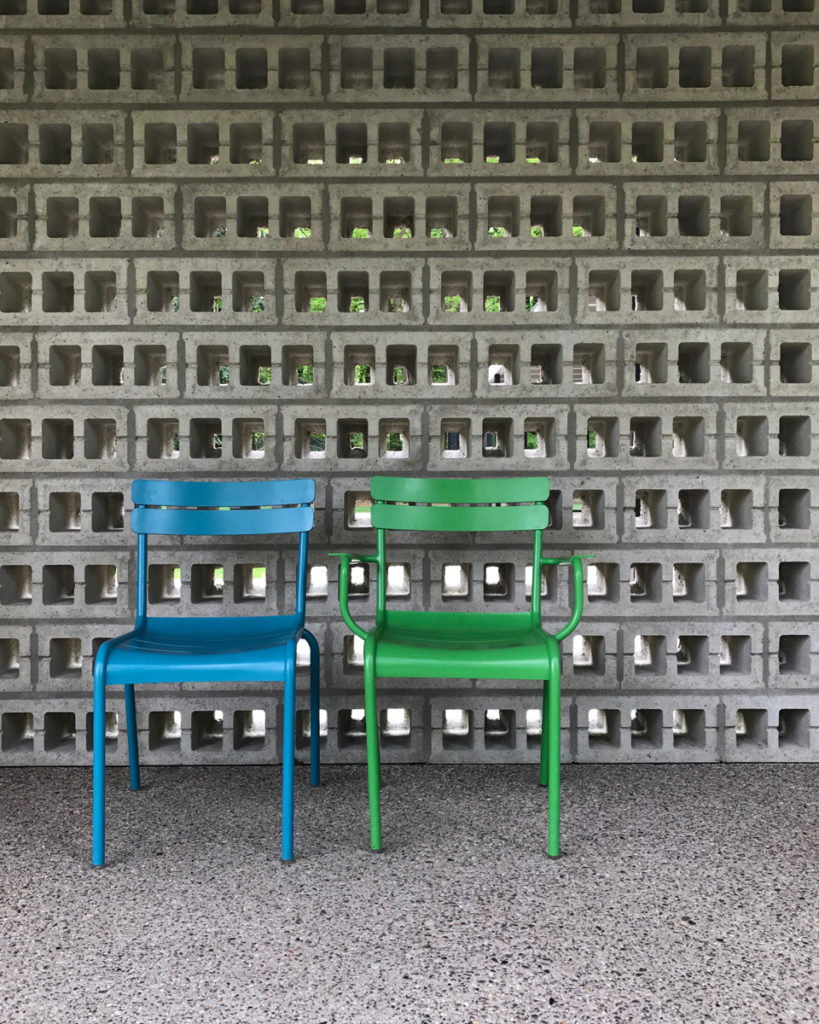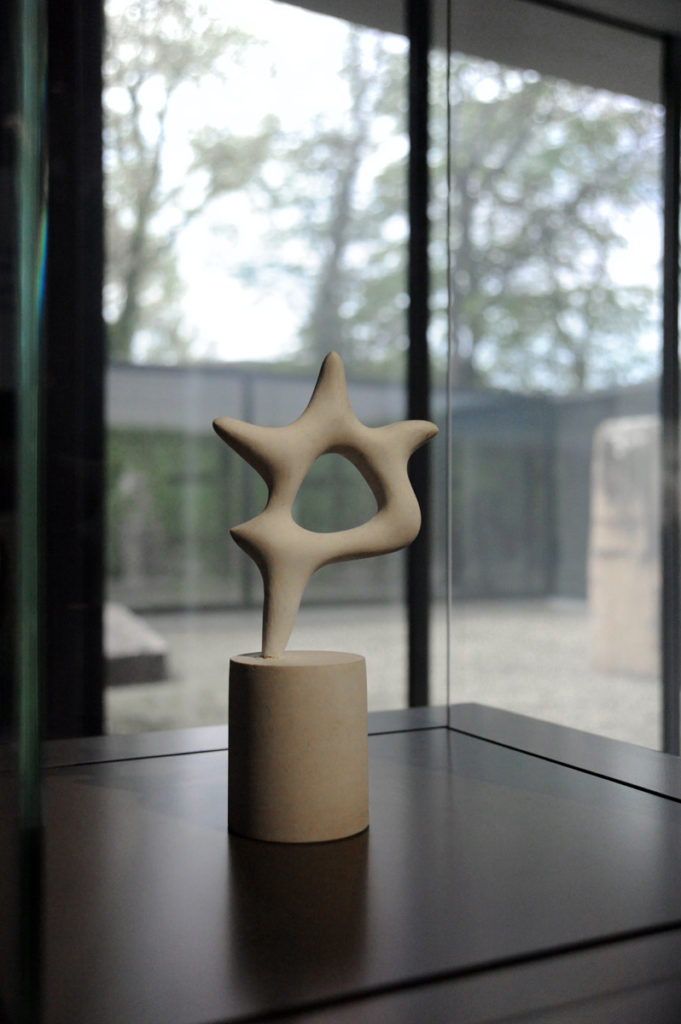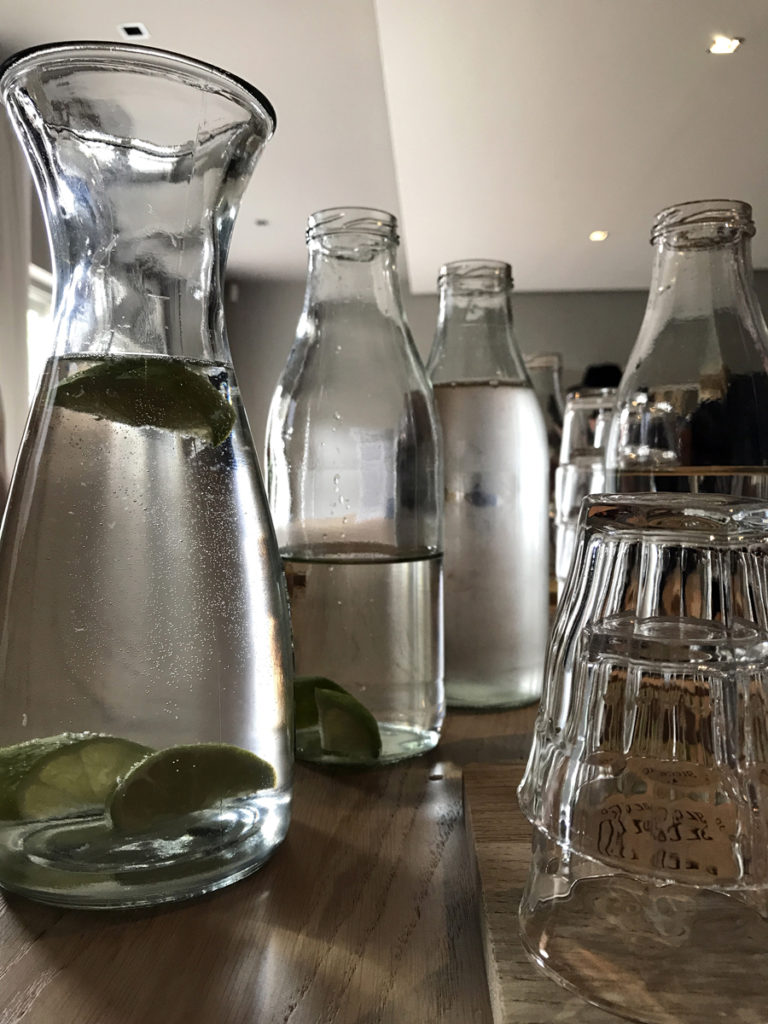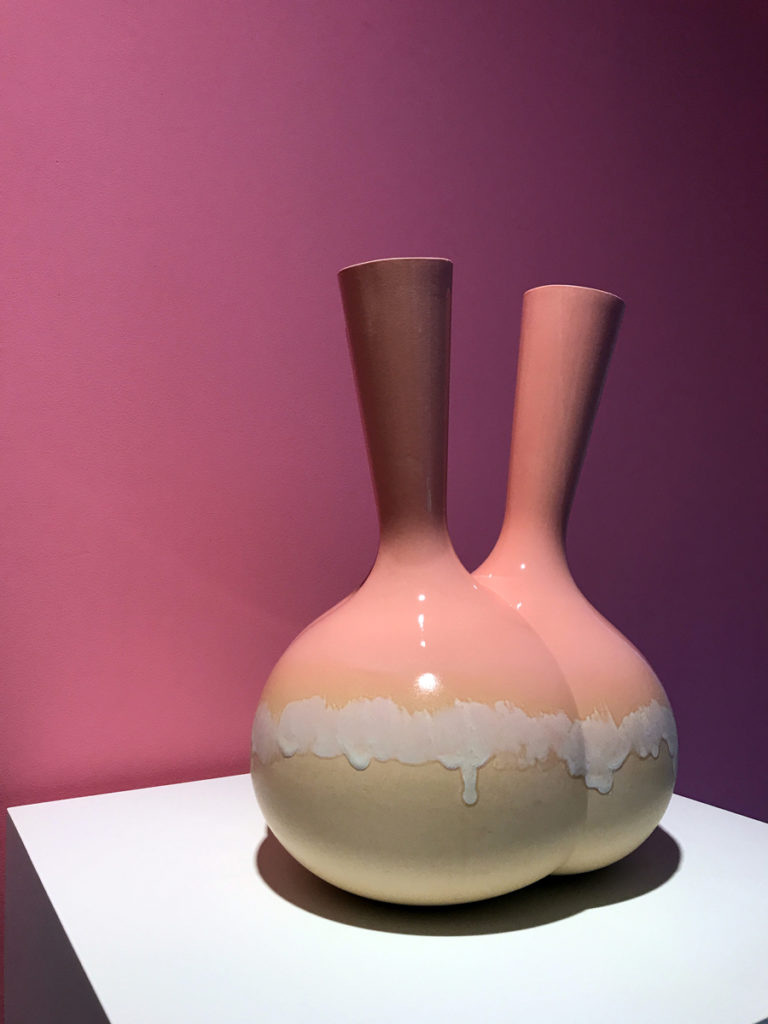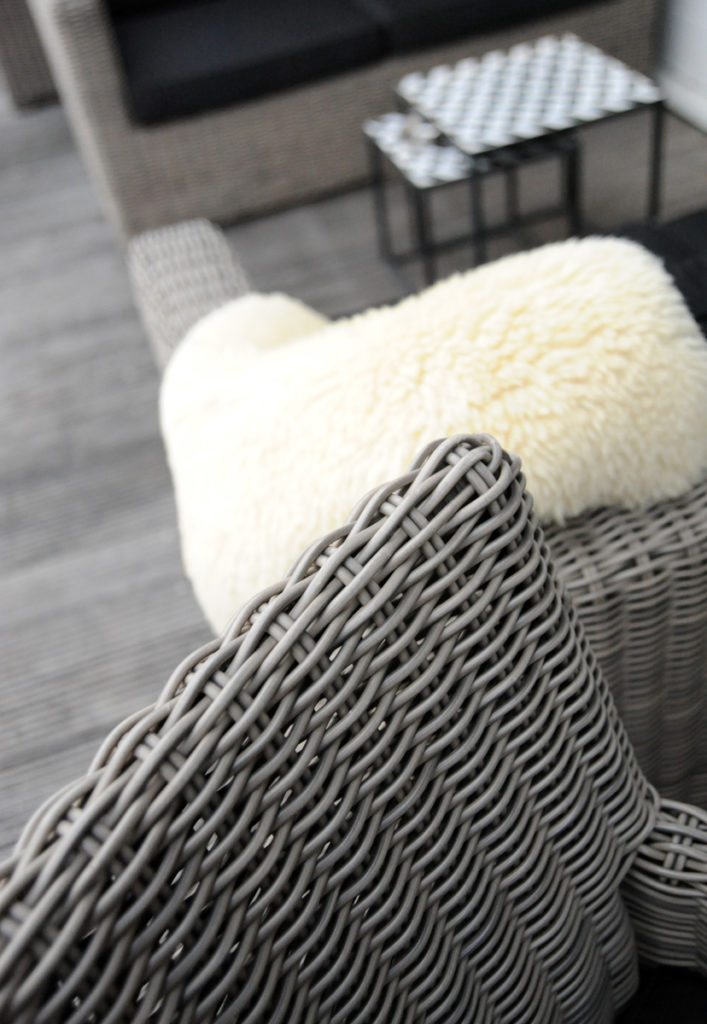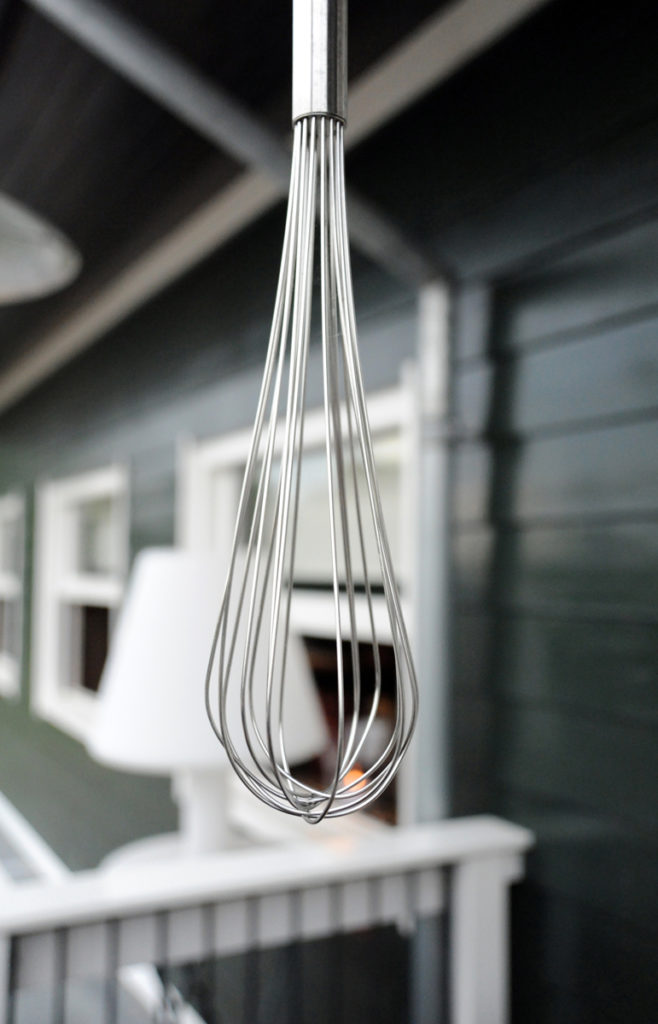I left Adam at the airport. I was off to Amsterdam, he was off to Oslo. Our flights were due to leave within 10 minutes of each other. I wondered how this life had happened to us.
‘What are you visiting for?’ asked the man at passport control. I hesitated. ‘Business?’ I answered questioningly. I had to explain. How can you call it work when you know it is going to be so much fun? He said it was good that he’d asked, and that I answered, because it gave me a chance to think about how lucky I was, and that I would surely enjoy my trip even more. I had to agree (and not just because he had hold of my passport).
I met up with Simone, we waited for the others, stocking up on all the bananas and mars bars (balanced diet), before getting the train to Ede.
The neighbourhood appeared sleepy; thatched cottages and tidy gardens. Someone had a Porsche. Across the road the neon glow of the Reehorst Hotel lured us like a Las Vegas show. Pink neon lights, multi-coloured chandeliers, red velvet curtains, gin.
The rooms were fitted out like modern day caravans, all MDF and crystal lights. Satin fabric covered walls and a wave of purple brocade wrapped it’s way around the bed. I slept well.
After breakfast, an investigation of carpets for my growing collection, and a lot of pointing at strangely scaled ‘object d’art’ we headed off to the Kroller Muller Museum, in the Hoge Veluwe National Park.
We drove up to the museum, through tall trees and fallen branches with the promise of wild boar and deer wandering free. ‘I’m totally getting a wild boar!’ I exclaimed, perhaps too eagerly.
In 1909 Anton and Helene Kroller-Muller, with the dream of bringing art and nature together, began to gradually buy plots of land, stitching them together to create 5400 hectares of magic. In the centre of this, nestled perfectly amongst the trees and undulating earth, the most beautifully fitting low-line buildings, and art, so much art. I can’t imagine many better things, than to be surrounded by trees and sculpture.
I don’t think you could ever see all of the collection and give it the time it deserves. Over 20,000 pieces of art, including over 150 sculptures – Jean Arp, Herman de Vries, Auguste Rodin, Henry Moore, Barbara Hepworth, and the second largest Van Gogh collection in the world.
I was amazed at how close I could get to the paintings. No wire ropes, no one telling me off. No, I didn’t touch anything! I’m not a huge Van Gogh fan (don’t hate me!) but I can appreciate the work – the texture, the flow of motion in the marks.
For me, a piece of kinetic sculpture by George Rickey was the dream to behold. L’s – One up one down eccentric II caught my eye and held my gaze. Never wanting the two metal forms to clash, watching to see if their full dance could be performed without the two parts touching. Fascinating. (You can see it in action on my Instagram, here.)
We ate our lunch outside, under the cover of a marquee that made the light glow and framed Barbara Hepworth’s and a Herman de Vries perfectly through it’s ropes and poles.
Then it was our chance to preview the exhibition, Jean Arp: The Poetry of Forms. I’d been waiting for this for weeks, to see sculptures, reliefs, works on paper, poetry, writings and publications from one of the most innovative and influential artists of the European avant-garde… Jean (Hans) Arp.
I turned the corner and nearly cried. Something about the perfection in form, the tone, the feeling – it just resonated with me. Such beautiful works, and titles too – ‘Milky Way Tears’ and ‘Sculpture to be Lost in the Forest’. This then, the perfect setting.
Jean Arp’s work is stunning. I was especially drawn to the woodcuts on Japon Nacre with their playful shapes and perfect palette.
The sculptures were harder to see. The glass cases, built purposefully to house each piece for protection, cast straight line shadows and dull reflections on the perfect curves and tactile flowing forms. I couldn’t see enough, couldn’t get close enough, not this time.
I didn’t get a glimpse (or a cuddle) of a wild boar either.
Outside in the bright light and sunshine, we stepped onto a blue and yellow coach from the 1980s and were transported via the 1920s modern building of Arco (they make tables) to Villa Mondriaan in Winterswijk.
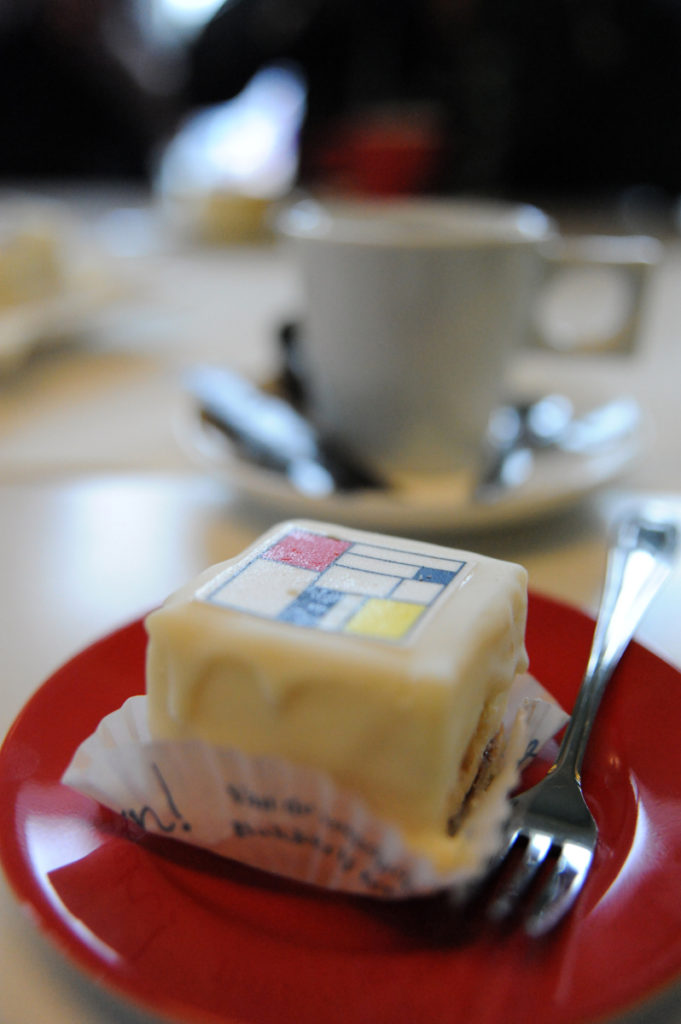

We ate little cakes and drank lemon tea before taking the tour of the house. Piet Mondriaan lived here from age eight to twenty. We saw the Figuration in Style exhibition, a brilliantly presented exposition of works by artists including Piet Mondriaan, Theo van Doesburg, Bart van der Leck and Vilmos Huszár. All pioneers of De Stijl, the movement they founded 100 years ago that is still inspiring people today.
Also at the Villa, an exhibition of modern ceramics, Cor Unum, in the Arco Pavilion. Some stunning and fascinating design. ‘What is this?’ one man kept asking me. It was this… I couldn’t tell him!
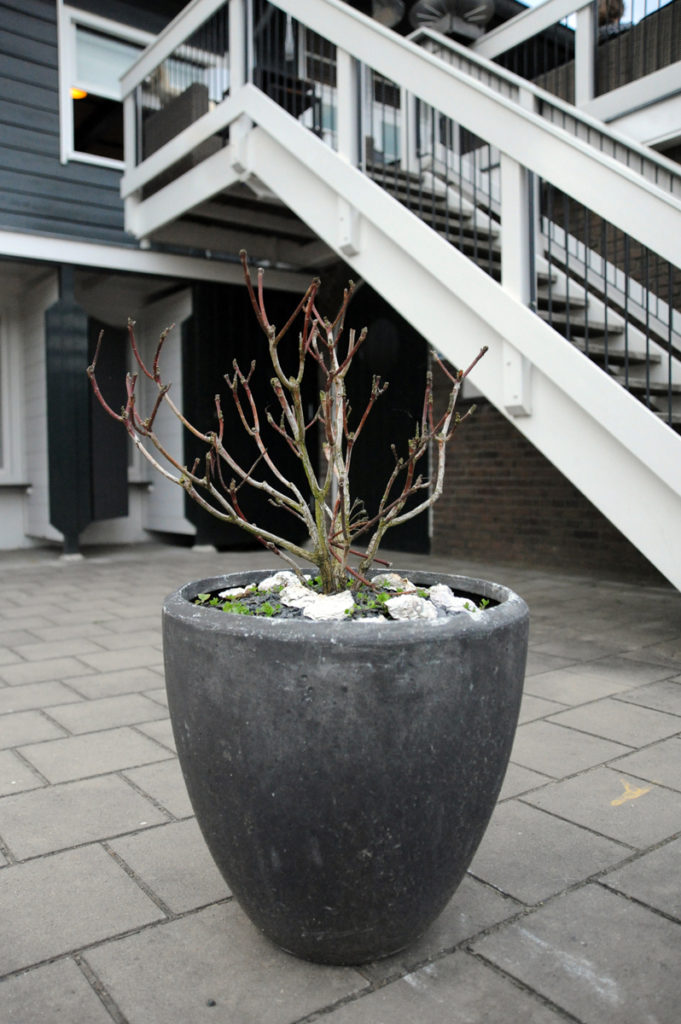
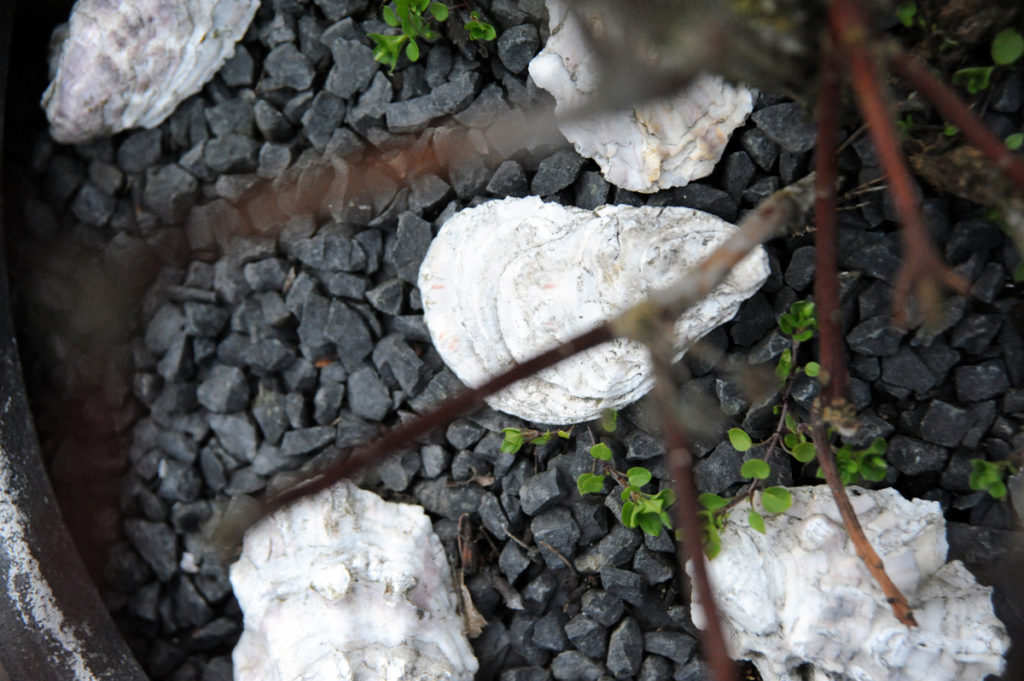

Back onto the time-travelling coach, we headed off down a slim avenue of tall straight trees to Strandlodge. This close-to-nature restaurant boasts a Michelin star (except chef Mike Vrijdags doesn’t shout about it. Apparently people of this region are known for their modesty) and sits beside its own beach and lido, amongst the trees.
The Strandlodge motto is ‘think global, eat local’. I was totally willing to partake in this attitude, I ate the closest thing I could reach. Cured ham with creamy smooth truffle and egg yolk. Followed shortly by a veal tartar lolly pop with wasabi and sesame seeds.
We ate the most delicious dinner in great company, and as the sun set beyond the trees our next stop called to us. Bed.
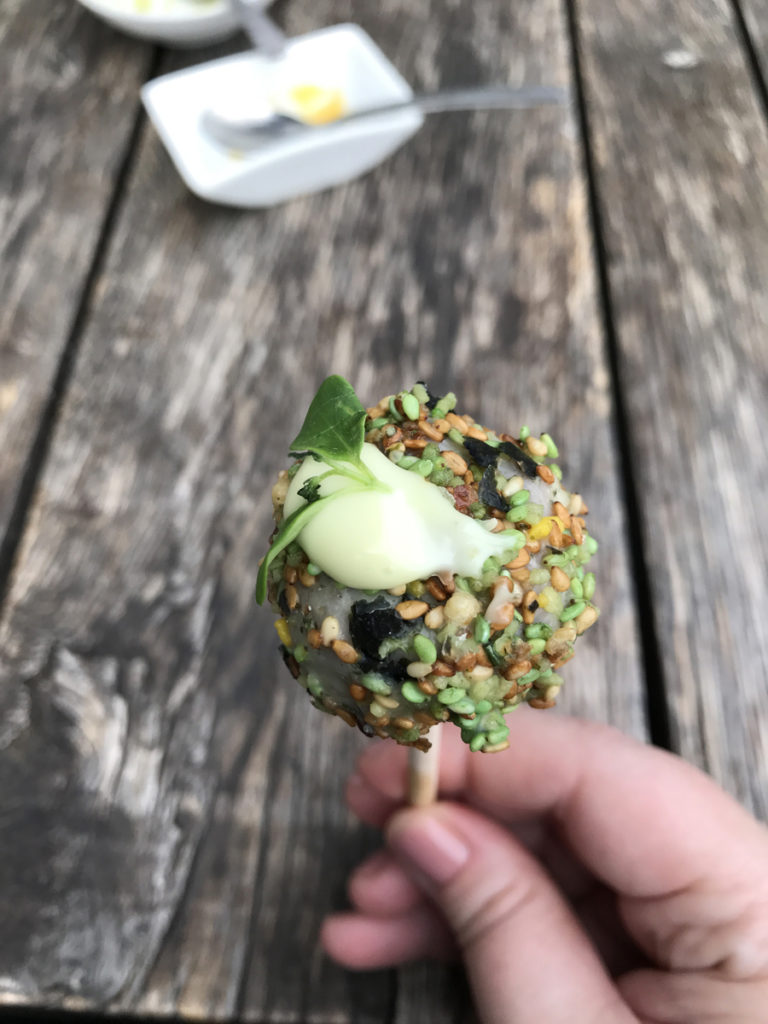
With the greatest thanks to the wonderful people of Visit Holland for hosting me in their beautiful country.
